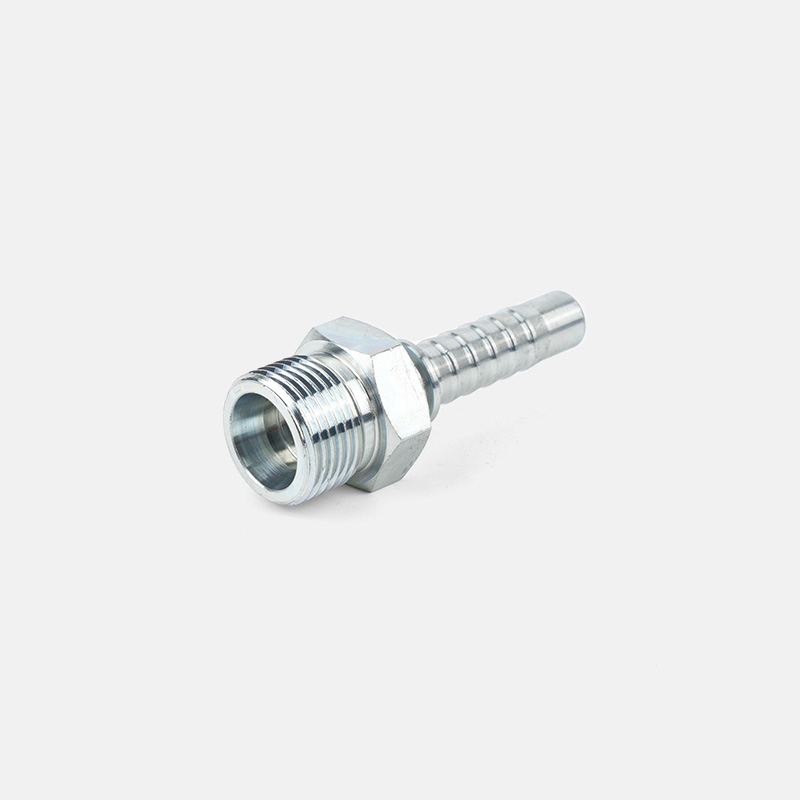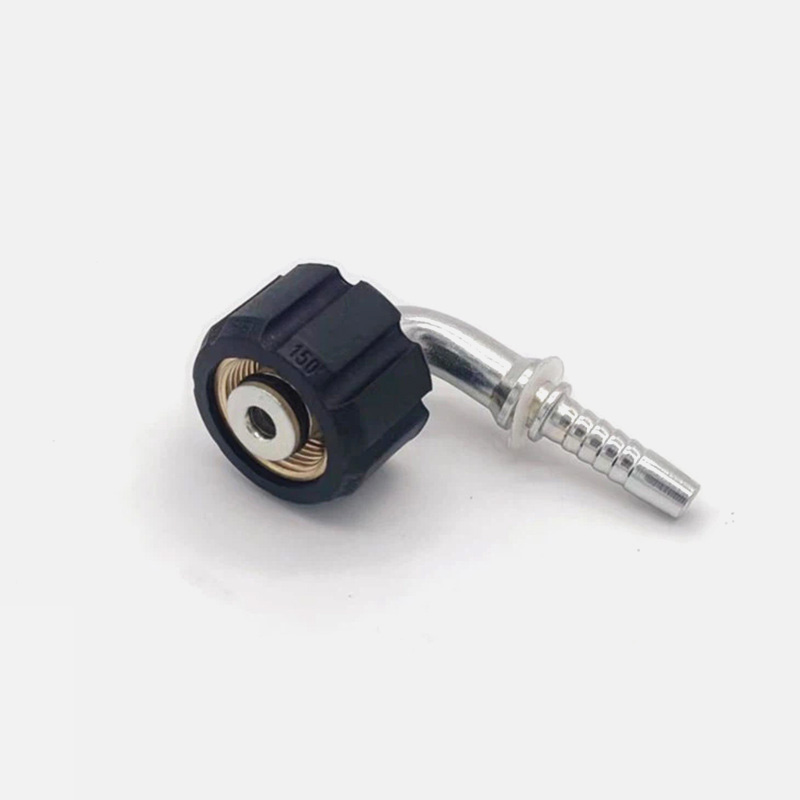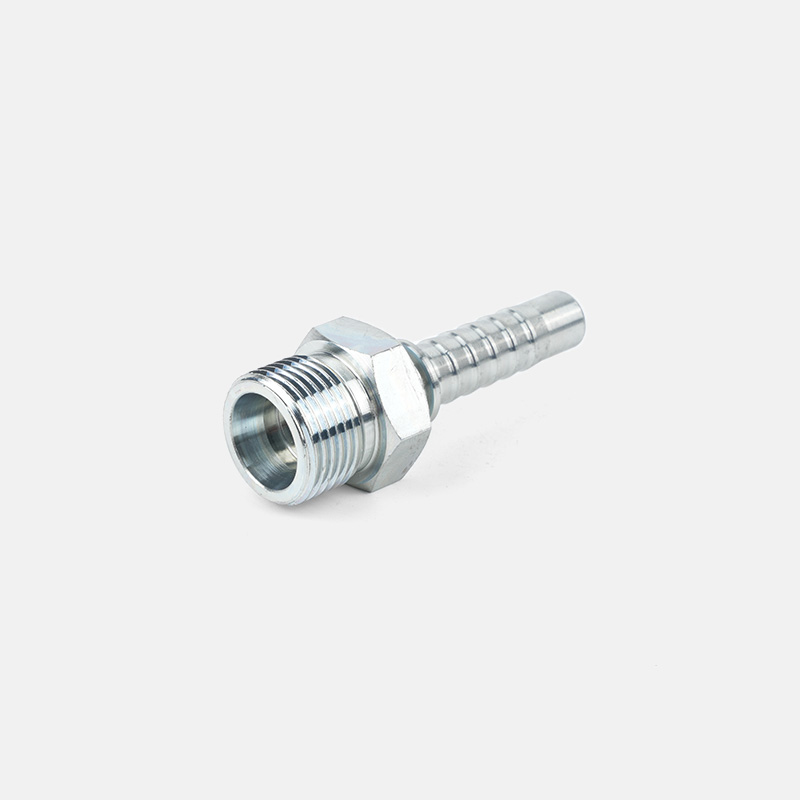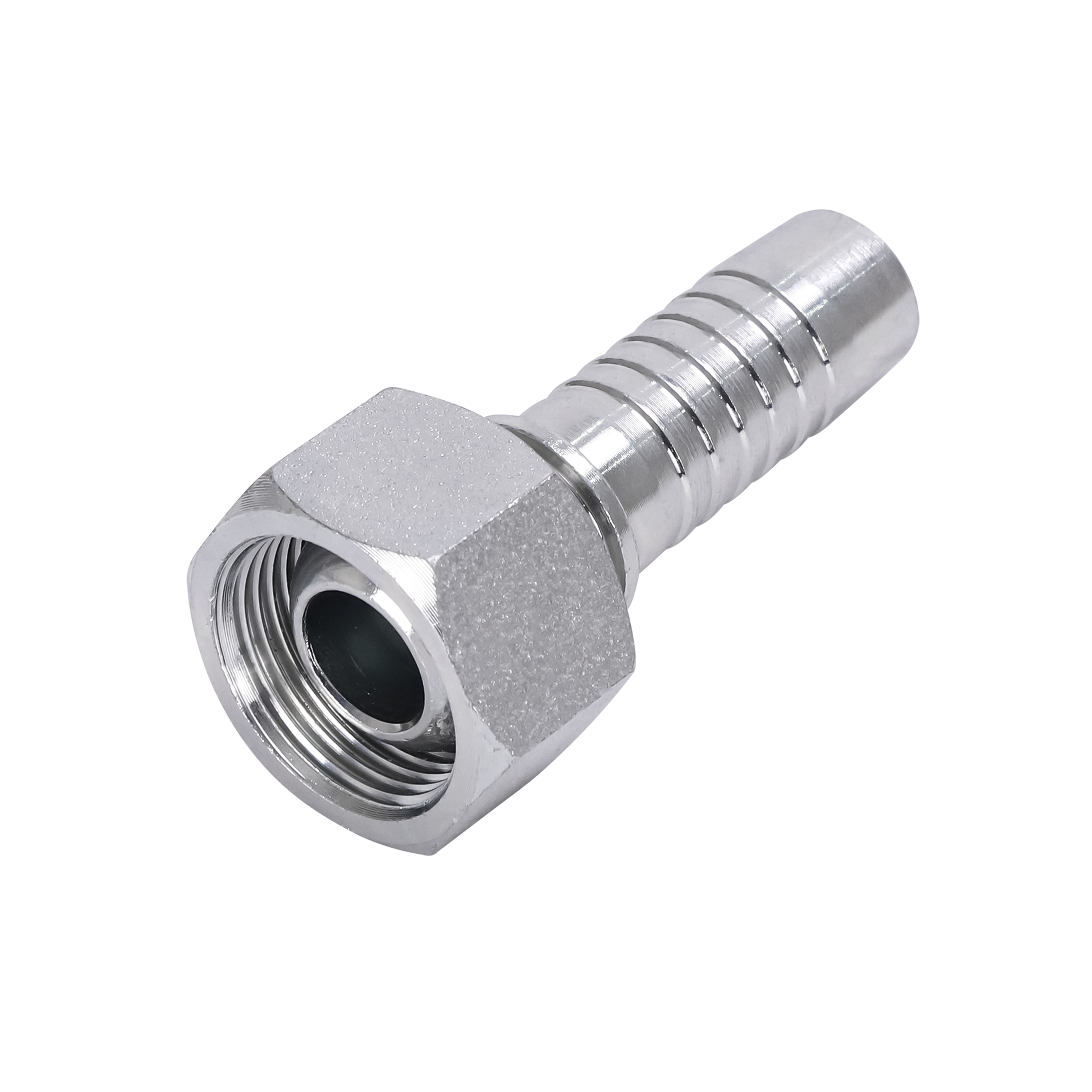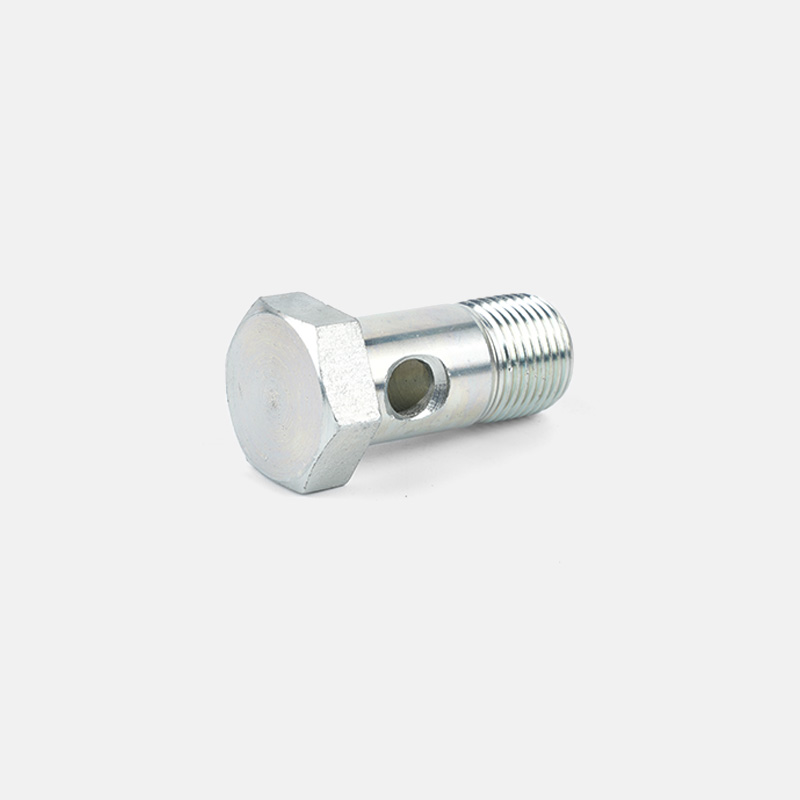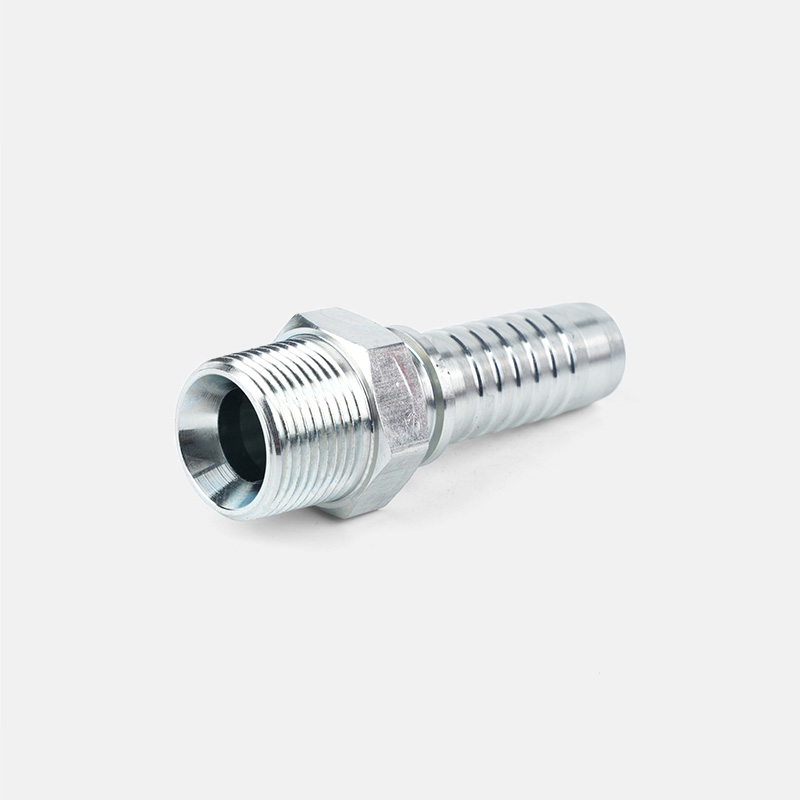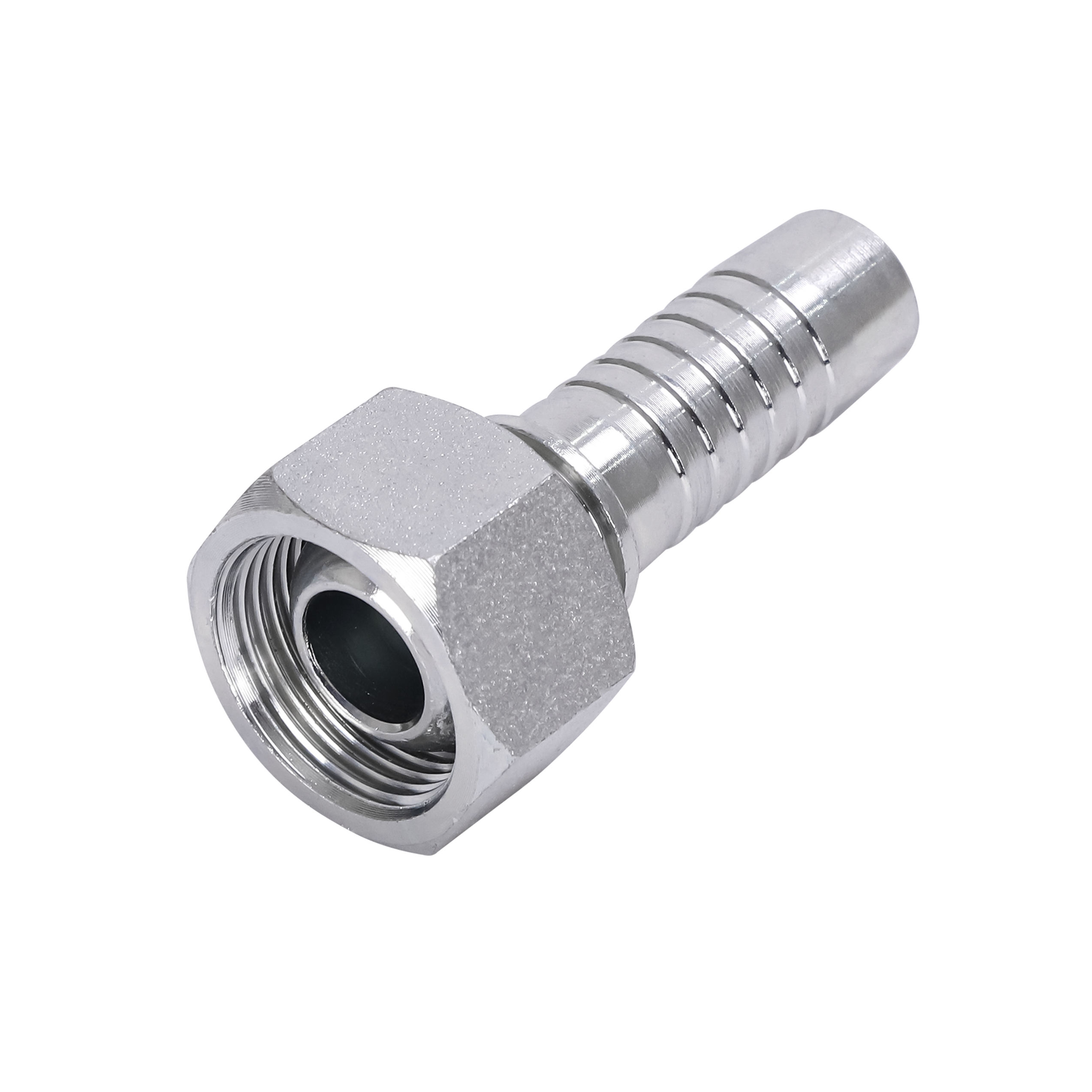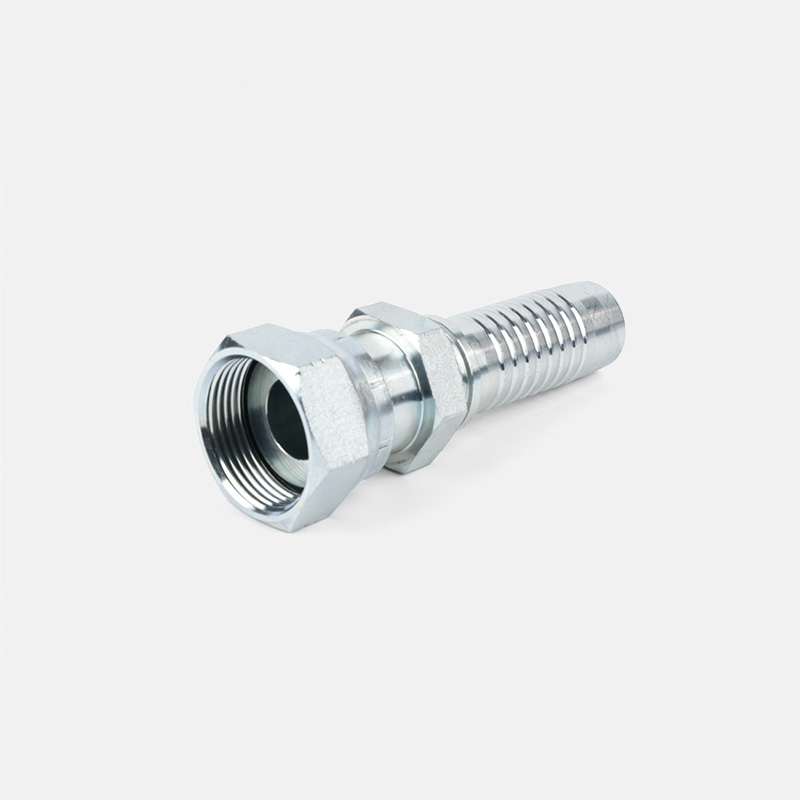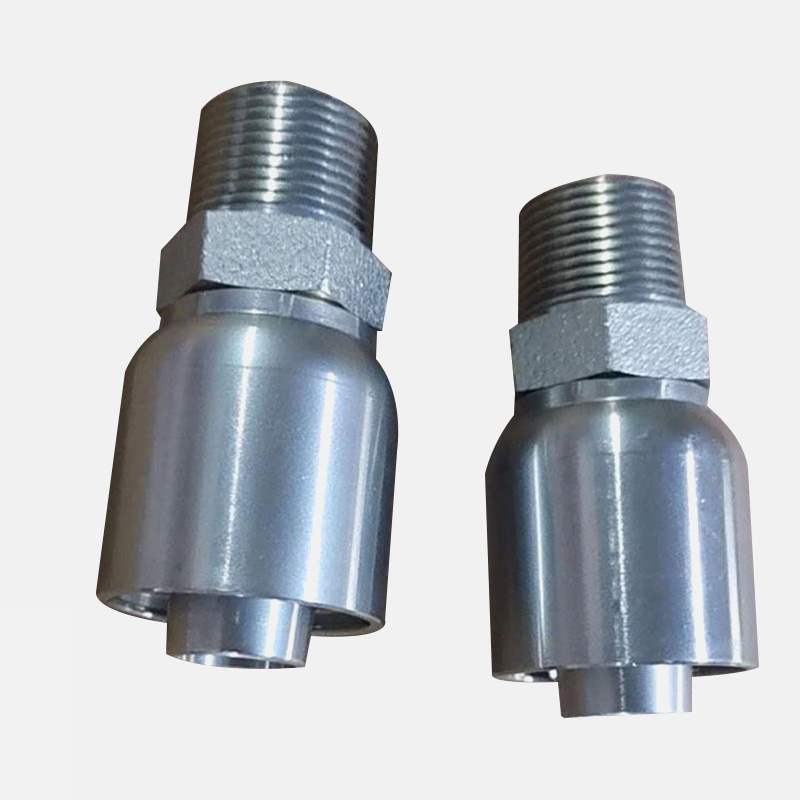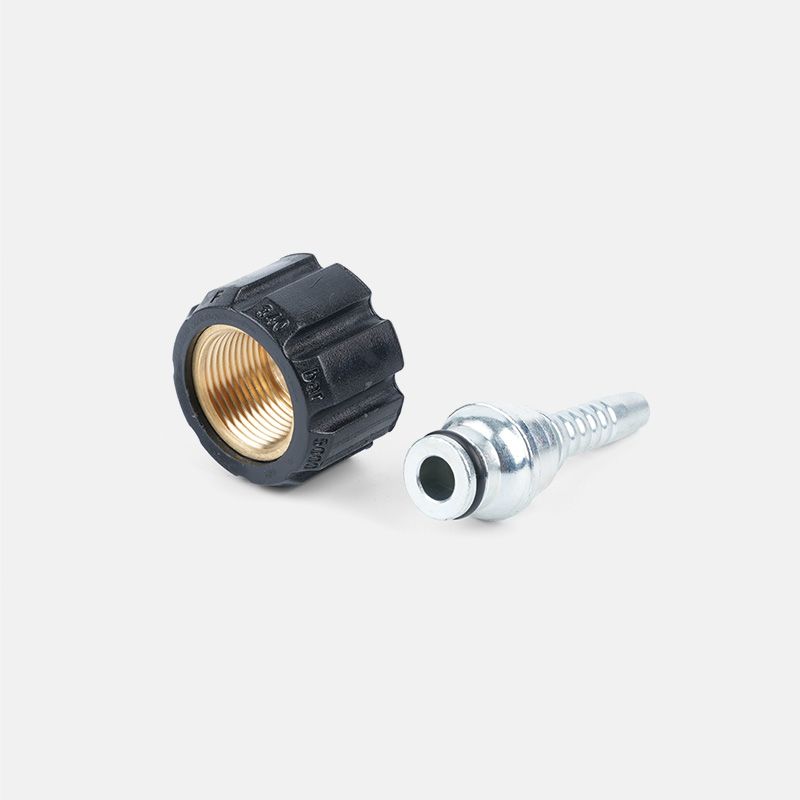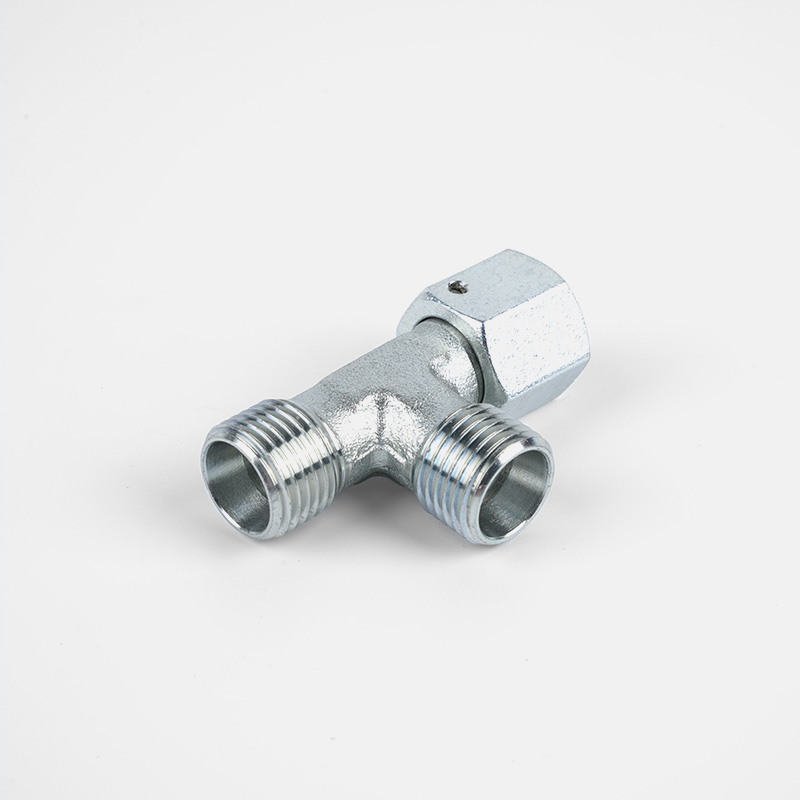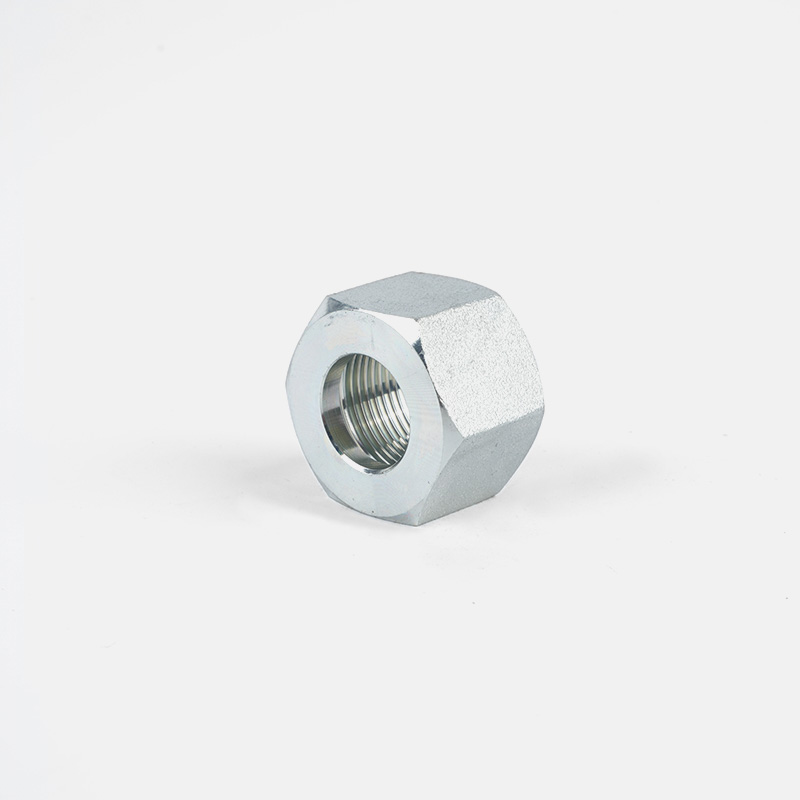Language
ENGWhat Is a Hydraulic Pipe Clamp? A Complete Guide for Beginners
 2025.07.07
2025.07.07
 industy news
industy news
In hydraulic systems, safety and efficiency are the primary considerations. Many people focus on large equipment such as pumps, valves, and cylinders, but in fact, the hydraulic pipe clamp in the pipeline support system also plays a vital role.
What Is a Hydraulic Pipe Clamp?
A hydraulic pipe clamp is a mechanical device used to fix and support pipes (including steel pipes, plastic pipes, rubber hoses, etc.) in hydraulic systems. Its main function is to firmly fix the pipes to the equipment or structure to prevent the pipes from moving, vibrating, and twisting, thereby protecting the pipes and their connectors from mechanical damage.
The fluid in the hydraulic system usually flows at high speed under high pressure. Any displacement or vibration of the pipe may cause the interface to loosen, fatigue cracking, or even leakage accidents. The pipe clamp provides stable support by:
Ensuring neat layout of the pipes and avoiding wear
Reducing vibration transmission and increasing system life
Simplifying maintenance and inspection and improving safety
Hydraulic pipe clamps are an indispensable safety device for hydraulic systems.
Key Components of a Pipe Clamp
Hydraulic pipe clamps usually consist of the following parts:
Clamp Body
This is the main part of the pipe clamp, which is designed to be semicircular or with a specific groove shape to accurately fit the outer diameter of the pipe. There are various materials, and common ones are plastics (such as polypropylene PP, polyamide PA) and metals (aluminum alloy, stainless steel, carbon steel).
Mounting Hardware
Includes top cover plate (for clamping pipes), bottom plate (welded or bolted to the structure) and fixing bolts. Different installation methods meet different site requirements.
Fixing Method
Welding installation: suitable for fixing pipe clamps on metal structures, strong stability
Bolt fixing: convenient for disassembly and maintenance, suitable for prefabricated pipeline systems
Guide rail installation: flexible position adjustment, often used for assembly lines or mobile equipment
The reasonable combination of these components ensures that the pipe clamp can meet the pipeline fixing needs under various complex working conditions.
Common Materials Used
The material selection of hydraulic pipe clamps is directly related to its performance and applicable environment:
Polypropylene (PP)
Lightweight, corrosion-resistant, low cost
Suitable for pipe fixing under normal pressure
Not resistant to high temperature, not suitable for extreme working conditions
Polyamide (PA/nylon)
Higher strength, good wear resistance
Excellent resistance to high temperature and chemical corrosion
Suitable for occasions with high temperature or mechanical load
Aluminum alloy
Lightweight and high strength
Corrosion-resistant, suitable for marine or humid environments
Common in medium pressure hydraulic systems Stainless steel
Extreme mechanical strength and corrosion resistance
Suitable for high pressure, high temperature and extreme corrosive environments (such as oil, ocean)
High cost, often used in heavy industry and special industries
Material selection needs to be combined with pipeline material, pressure level, ambient temperature and humidity, and chemical media.
Types of Hydraulic Pipe Clamps
According to different design standards and uses, hydraulic pipe clamps are mainly divided into the following types:
Standard Series (DIN 3015-1)
Suitable for hydraulic pipelines with low to medium pressure, widely used in machinery manufacturing and light industry. Simple structure, economical and practical.
Heavy Series (DIN 3015-2)
Designed to withstand high pressure and large diameter pipelines, the structure is more solid. Suitable for engineering machinery, heavy equipment and high-pressure systems.
Twin Series (DIN 3015-3)
Designed to fix two pipes at the same time, saving space and improving installation efficiency. Suitable for complex system pipeline intensive areas.
Special Customized Clamps
For special environments or industries, such as offshore oil platforms, mining machinery, mobile hydraulic equipment, etc., special materials or reinforced designs are used.
Depending on the use environment, it is particularly important to choose the appropriate series and structure.
Where Are Hydraulic Pipe Clamps Used?
Hydraulic pipe clamps play a key role in many industries:
Engineering machinery: hydraulic oil circuits of excavators and bulldozers require stable pipe support
Industrial machinery: hydraulic systems in equipment such as stamping machines and injection molding machines, pipe clamps ensure stable operation of the system
Ocean and oil: corrosion-resistant and high-strength pipe clamps are a necessity in offshore platforms and ships
Automated manufacturing: gas-hydraulic systems on assembly lines, pipeline management is in order
Mining machinery: high-strength pipe clamps protect pipeline safety in harsh environments
Pipe clamps are not only the "fixing screws" of equipment, but also the cornerstone for ensuring the long-term and reliable operation of hydraulic systems.
Why Are They Important?
Hydraulic systems are often subjected to severe vibration and impact. If the pipes are not fixed properly, the following problems may occur:
Pipeline displacement causes the joints to loosen or even break, causing oil leakage and posing safety hazards
Vibration transmission causes pipeline fatigue damage, shortening the service life of the equipment
System noise increases, affecting the operating environment and personnel health
Maintenance becomes more difficult, requiring frequent shutdowns for maintenance, affecting production efficiency
Reasonable selection and installation of hydraulic pipe clamps can effectively avoid these risks and improve system safety and stability.
Tips for Choosing the Right Clamp
When choosing a hydraulic pipe clamp, the following factors should be considered comprehensively:
Pipe diameter matching: The clamp specifications must be precisely matched with the outer diameter of the pipe to ensure stability
Pressure level: Select a clamp of corresponding strength according to the maximum working pressure of the hydraulic system
Environmental factors: Whether there are special working conditions such as high temperature, corrosion, vibration, etc., choose the corresponding material
Installation method: welding, bolt or rail installation, taking into account maintenance convenience and stability requirements
Standard compliance: Prioritize products that meet international standards such as DIN 3015 to ensure quality
Space layout: Reasonable use of space, such as double pipe clamps can save installation space
Scientific selection can maximize system performance and safety.


